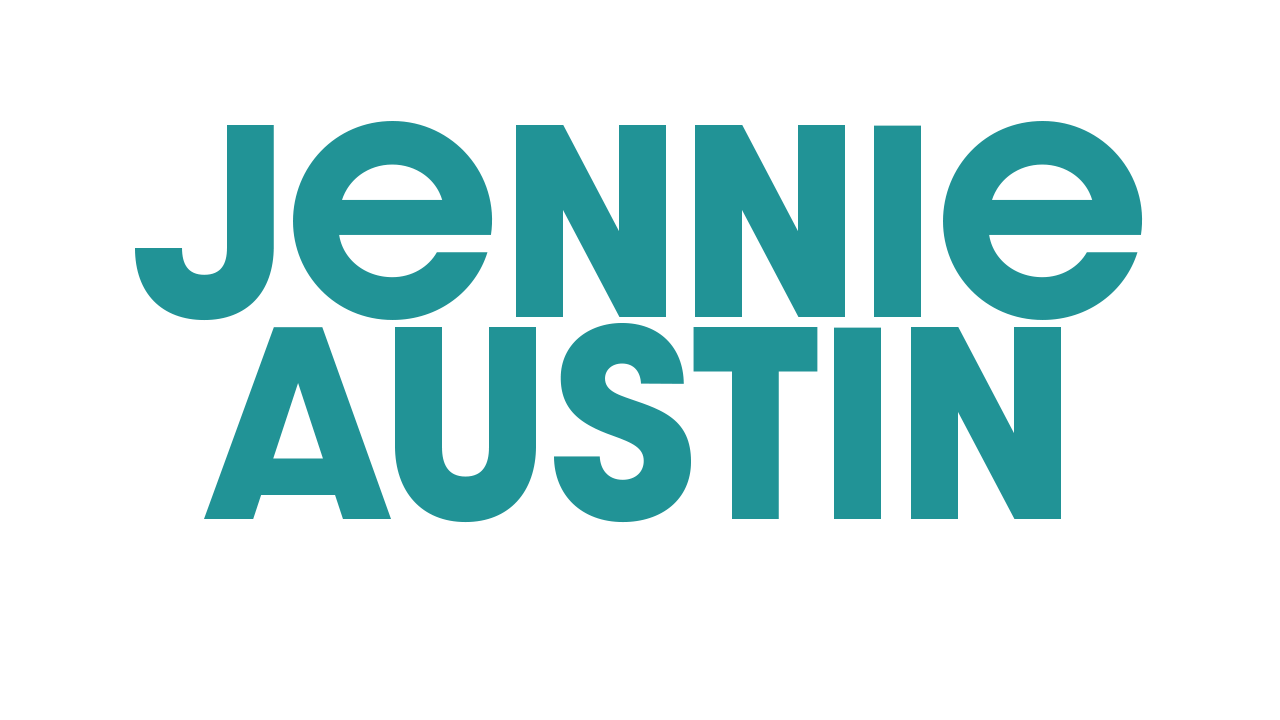Earned Media: The (Mostly) Free Marketing Strategy that Generates Results
Photo by Christine von Raesfeld on Unsplash
Free marketing: two words that are music to a small business owner’s ears. It does exist, to some extent, in the form of earned media. Not only is it low-cost, but it can help you onboard much more engaged and empowered customers.
Although I can’t say that earned media is 100% free—you’ll learn why later—it’s a great strategy to build for your small business if you’re looking at a smaller marketing budget right now.
Let’s take a closer look at how your business can “earn” earned media. You might already be doing these things, but putting more focus on them can generate some fantastic results in today’s marketing landscape!
What is earned media?
In short, earned media is free publicity. It’s the type of media coverage or other type of publicity that you don’t own or pay for. Media that you own, like your website or blog, would be considered owned media. Media that you pay for, like advertising, is considered paid media.
To give you a better idea, here are some more specific examples of earned media:
A customer has a great experience in your store and gives your company a positive shout out or testimonial on their Facebook or Twitter.
You make a food donation to frontline workers in your community, and your local news publication does an article or even a TV segment on your business.
You (or someone else within your company) are asked to do a presentation or panel for a trade show or another industry event. Attendees tag your business on their social media accounts when they share the great things you have to say.
A disgruntled customer leaves a negative review on your Yelp page. (Yes, negative things like this are an example of earned media too—just not the type that you should be going for!)
Why is earned media important?
Earned media is great for small businesses with small marketing budgets to leverage because, as I said earlier, it’s free (sort of)! When done right, you will start to see these types of strategies really pay off for your brand. Here’s why:
As I mentioned in my previous post about social proof, people tend to base purchasing decisions and other behaviors off of what they see other people doing. According to research performed by HubSpot, 53% of US consumers hear about new products or companies from friends and family, and 57% of consumers trust information about these new companies from friends and family the most.
Earned media can help you with your search engine optimization (SEO) efforts—also known as how high your website ranks on Google’s results page. More outside sources linking to your website will positively affect your ranking factors because it shows Google that you have a high-quality website that people find valuable.
Earned media serves as a way to empower your target audience, rather than interrupting them. Although there is nothing wrong with the more traditional digital advertising tactics like display ads and search ads, younger generations that are starting to make more purchasing decisions grew up with these interruptive ads and are very much “immune” to them. Things like earned media come off as more organic and less forced to your prospective customers.
How can I build a better earned media strategy?
If you’d like to implement a better earned media strategy to attract and engage with more customers, here are my step-by-step recommendations.
1. Identify your objectives. As with anything, make sure you have a clear goal in mind for your earned media strategy. Do you want to make a big splash with your next product release? Do you want to drum up more interest from the local community? Do you want to increase brand awareness from a new audience? Starting off this way not only helps you understand what success looks like, but also helps you know where to go next.
Photo by Roman Kraft on Unsplash
2. Learn more about your target customer. Where are they spending time online (or offline)? What places or platforms are they going to to ingest media? For example, if you have an older audience, it’s possible they will look at reviews of your business left by previous customers. If you have a younger audience, they might follow the word of their peers on social media. If you target other businesses, they probably read blogs related to your industry.
3. Tell great stories and build great experiences. This is where your earned media strategy takes the most time and patience. You want to build advocates and evangelists of your brand by taking the time to give every single customer a 5-star experience. What are some changes you can make to your customer-facing processes or products that will have them shouting your praises from the rooftops?
4. Reach out to your community, the local media, and fellow industry members. As a small business, there are so many ways that you can reach out and connect with your local community. We already know that customers feel more empowered when they shop with a business that is socially responsible and gives back to the community, so what are some ways that you can give back that align with your mission statement? Remember, in order to gain local media coverage (if that’s what you’re looking for), you need to do something newsworthy. Additionally, if you’re a B2B business, you can reach out to other members of your industry to get involved as a speaker or panelist at your next industry trade show. (However, if you elect to sponsor an event, remember that since you paid for that coverage, that is paid media, not earned media.)
5. Make the most of each opportunity. You may not have the local news station giving you a call right away, and that’s okay. Even coverage opportunities like a shoutout from a small blogger can pan out to be very powerful. Maybe that blogger won’t be so small-time in the next 3 years! Focus on building relationships with as many writers, influential community members, industry experts, and brand advocates as possible. Engage with your customers that post to your wall on social media. Represent your business at a small community event. Share with your followers where you’ve been featured in the media (no matter what size the publication is).
Now that you know more about earned media, hopefully you now understand why it’s not 100% free: it takes time! The benefits that you’ll see in brand awareness and quality of customers gained from these tactics, however, make all of that time and energy worth it for your business. With everything going on in the world today, now is a great time to start putting more focus on your earned media efforts. By next year, you’ll be thankful that you did!








Hi! I’m Jennie.
Thank you for visiting my blog! I write about marketing tips for small businesses and how to succeed as a female professional. I write from experience about the things that I love.